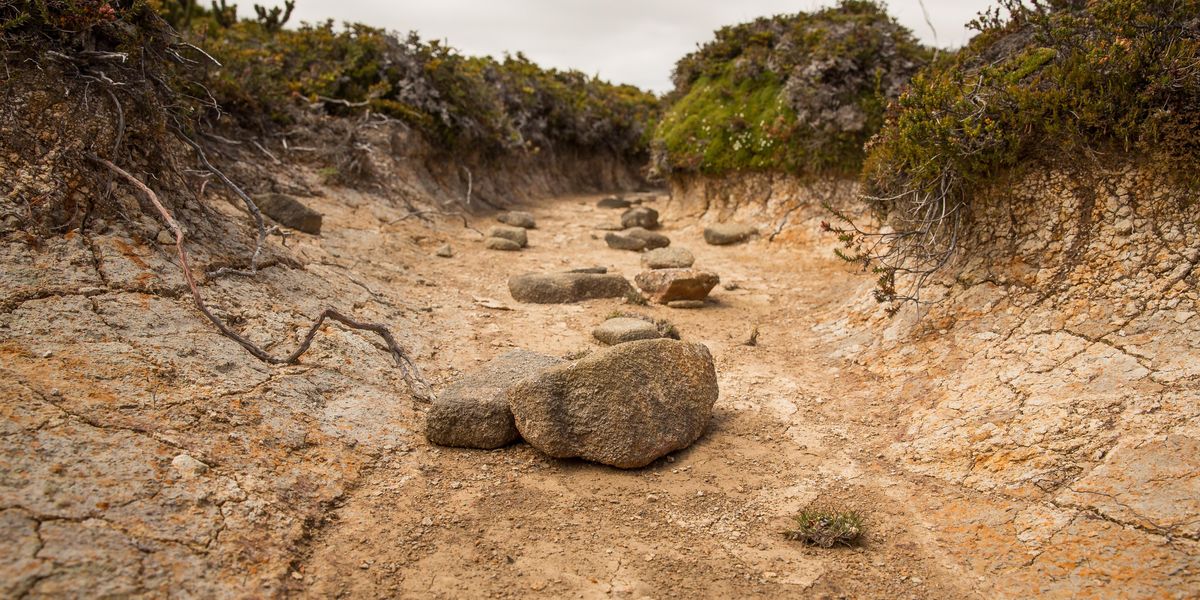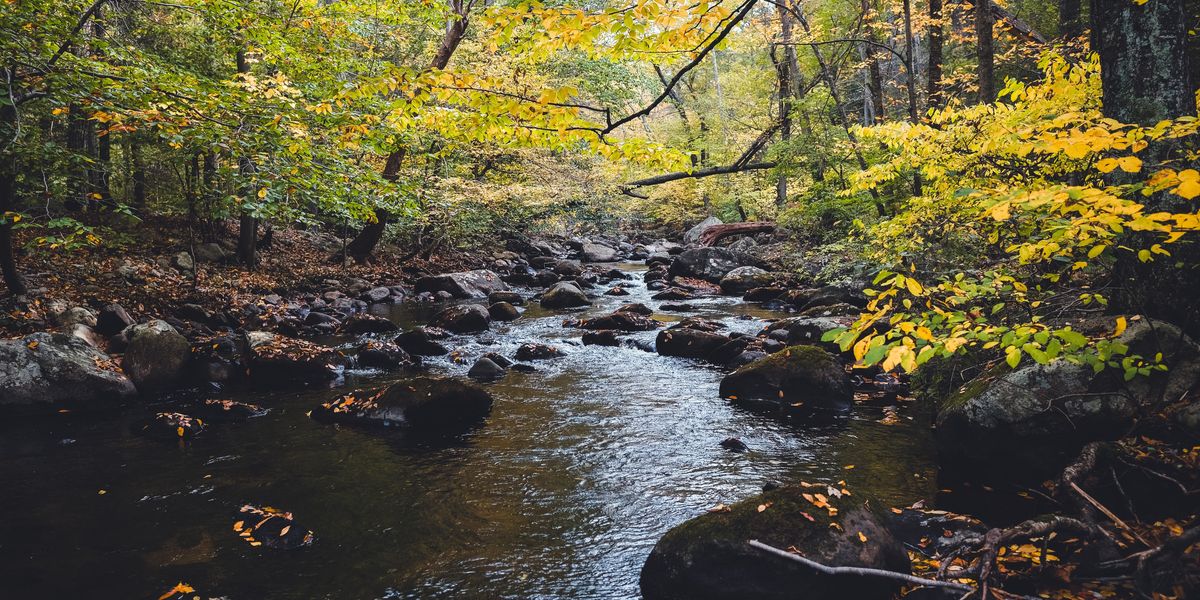Christmas tree farms in the region are feeling the pinch this year with rising operational costs and a shortage of trees to sell due to loss of crops from recent droughts, summer floods, a late-May freeze and destructive deer.
That combination of factors means that Northwest Corner families seeking that perfect Christmas tree this season may have to look harder to find it and spend a little more for it than in past years, both on farms and on tree lots.
Large trees, particularly those in the 7- to 10-foot range, which were all the rage with customers during the height of the pandemic, are particularly in short supply, said growers.
“It’s due to climate change. The reason there are not enough trees is that we have had so many losses from the various weather insults on our trees,” said Richard Cowles, an agricultural scientist with the Connecticut Agricultural Experiment Station (CAES), who also runs a small family tree farm.
The rising operational costs to farmers like himself to install irrigation and draining systems to deal with severe weather events, coupled with rising costs of fertilizer and loss of crop, has resulted in higher prices, said Cowles. “It’s a matter of supply and demand.”
The average retail price for a harvest-your-own Christmas tree in Litchfield County ranges from $70 to about $90, and about $120 in Fairfield County, according to Lisa Angevine-Bergs, executive director of the Connecticut Christmas Tree Growers’ Association (CCTGA) and owner of Angevine Farm in Warren, one of Litchfield County’s oldest family Christmas tree farms, established in 1868.
This past May’s frost, she said, devastated 300 to 400 concolor fir trees at her farm, which sprouted new buds only to have them freeze, causing young seedlings to die and older trees to become deformed.
She estimated that since 2016, more than 30,000 trees were lost to flooding and drought conditions. “We won’t know how many were actually lost until next year when the trees bud or die,” said Angevine-Bergs, noting that trees in higher elevations were hit the hardest.
Then there were this summer’s torrential rains, which “created havoc with the crop,” due to root rot, and devastation from deer, which damaged about 1,000 mature 7-to-8-foot trees that would have otherwise been available for sale at Angevine Farm.
“It was just another one of those ‘You’re kidding me,’ moments,” said Angevine-Bergs.
Cowles said he has been working with CCTGA members to help them minimize deer damage and has formulated nontoxic, all-natural lanolin into a sprayable emulsion that repels the formidable pests. “It works really unbelievably well,” said the CAES scientist.
“Deer are a problem on two counts,” he explained. They are turning to fir trees for food due to a shortage of acorns, beech nuts and chestnuts, and the bucks damage the bark of the trees when they rub the velvet off their antlers, marking their territory.
“They target the 4-foot trees, which have a nice springiness to them. They rip all the bark off at a certain height on the trees. The bucks think it’s eau de cologne, making them smell sexy.”
Cowles said despite erecting an electrical fence on his tree farm, he recently saw a buck walk through one section of the property “and in one pass, he probably destroyed about 10 trees.”
The scientist is also in the early stages of introducing genetically superior Christmas trees, known as Turkish and Trojan firs, to Connecticut, but that research, he said is still in the early stages as the test specimens have not yet produced cones.
John Gilbert, owner of Bees, Fleas & Trees in Litchfield with his wife, Carole, is in his 48th year of growing Christmas trees. He served as past president of the CCTGA at a time when there were about 450 members. Membership is half that today, he said, as farmers call it quits due to low profitability and a lot of hard work.
“The problem is, a lot of children don’t want to take them over,” noted Angevine-Berg of dwindling family farm operations.
“It’s a physically demanding job,” explained Gilbert, who retired at age 53 to grow trees, and has downsized the operation to about 5 acres over the years. “We’ll probably be selling fewer trees this year.”
While his crop of fraser/concolor fir, blue/white/Meyer spruce and white pine did not suffer from this summer’s deluge of rain as many other farms did, the May 18 frost is what caused havoc.
“It did damage to trees that had broken bud and then froze,” he said.“They put out a second coat, but on a few you can see dead needles on the outside.”
He charges $69 per tree, including tax and bale, for customers from across Litchfield County who have been returning for generations for the old-fashioned holiday experience of choosing the perfect tree, sipping hot chocolate and taking in the scents of the season. A red mailbox at the farm accepts letters to Santa.
Because anxious customers are starting their tree shopping earlier to get the best selection and before trees sell out, several farms have instituted “reservation only” policies due to lower inventories.
Angevine-Bergs is one of them. At Angevine Farm, tree reservations — all 1,000 of them — are already sold out for 2023.
The farm will still offer holiday activities to the public on weekends, such as a food truck on Thanksgiving weekend, a Christmas barn with wreath making and other activities, tree trimmings, snacks, and visits from Santa.
“The word on the street is to get there early,” said Angevine-Bergs of the potential after-Thanksgiving tree-buying frenzy.
Had she not started taking reservations, “We’d be sold out in the first week. We couldn’t handle that safely. This is a way to safely spread it all out over a couple of weeks, plus have a calm, enjoyable experience. More and more farms are doing it as the inventory depletes.”
The co-owner of a small family tree farm in Salisbury contacted for this article declined comment due to an early and expected sell-out of trees.
Angevine-Berg’s advice for families looking to find that special Christmas tree is to not panic, and to consider a smaller tree in the 6- to 7-foot range as an alternative to a towering one, which may be more difficult to find.

 What mountain is best?Mountain Climbers
What mountain is best?Mountain Climbers

 StableDiffusion
StableDiffusion StableDiffusion
StableDiffusion StableDiffusion
StableDiffusion StableDiffusion
StableDiffusion
 brown dirt road between green grass and trees during daytimePhoto by
brown dirt road between green grass and trees during daytimePhoto by  man fishing during daytimePhoto by
man fishing during daytimePhoto by 


 green grass and brown rocky mountain during daytimePhoto by
green grass and brown rocky mountain during daytimePhoto by  brown wooden cross on white surfacePhoto by
brown wooden cross on white surfacePhoto by  Photo by
Photo by  This is the sign you've been looking for neon signagePhoto by
This is the sign you've been looking for neon signagePhoto by 




 man doing rock climbing at daytimePhoto by
man doing rock climbing at daytimePhoto by 
 StableDiffusion
StableDiffusion StableDiffusion
StableDiffusion StableDiffusion
StableDiffusion
 File:1921 Mount Everest expedition members (cropped).jpg ...
File:1921 Mount Everest expedition members (cropped).jpg ... File:Edmund Hillary and Tenzing Norgay.jpg - Wikimedia Commons
File:Edmund Hillary and Tenzing Norgay.jpg - Wikimedia Commons

